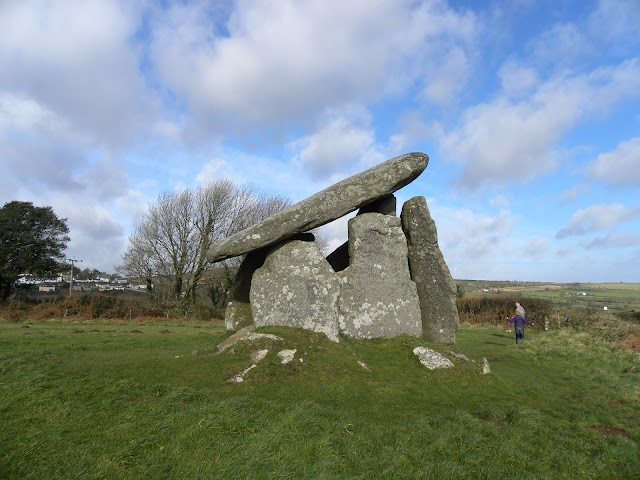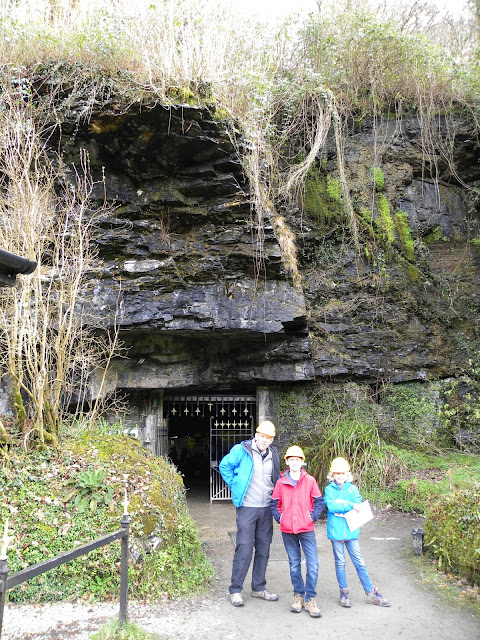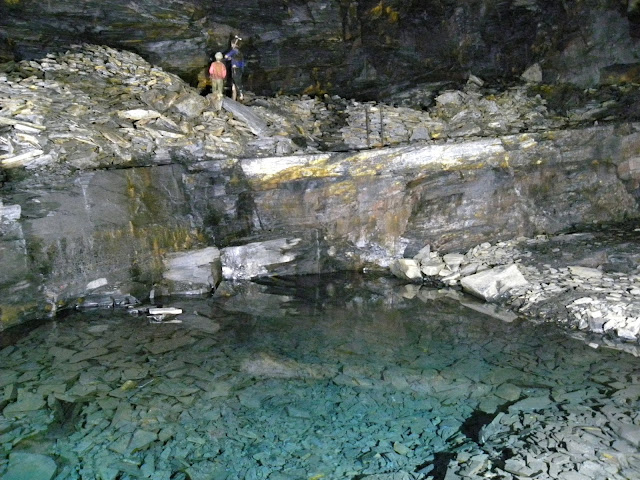We didn't see any camels today!
We hired bikes in Wadebridge on Friday. It was a clear sunny day so it was a good day to go biking. We went the Camel Trail to get to Padstow. It was 5.5miles from Wadebridge to Padstow and I got worn out because I haven't been riding much lately.
When we got to Padstow there was Padstow harbour where I saw my first Cormorant. It was sitting on a buoy in the harbour. We had a look around and then we went to a cafe and had a cream tea which was delicious. Aidan's favourite is the Cornish clotted cream but I don't like the crumbly bits on the top.
During the ride we heard lots of birds singing but we couldn't see them all. One of the birds we did see looked like a white heron. I have to look up in my bird book to see what it is.
The bridge that we had to cross was a little wobbly but I hardly noticed it wobblng. It was a old railway bridge because the camel trail is really an old railway line that has been ripped up and made for people to walk and ride on. We saw an old platform covered with grass and Aidan and I rode on it. My favourite part was when we stopped to look at birds from inside a bird hide.
I would love to do it again if I could. It was a lovely day and I was so pleased when I saw the cormorant because I read about them in my Swallows and Amazon's books and I thought I would never see one.
Aidan
On
Friday we hired bikes from a hire place called Bridge Bike Hire. The town we
hired from was called Wadebridge. We rode from Wadebridge to Padstow which is over 5 miles. When we
arrived in Padstow we locked up our bikes so we could go look at the town and harbour. We found a restaurant that had cream teas so we had a very nice cream tea.
We
saw two cormorants, one was swimmimg the other was on buoy.
Then
we started walking back to the bikes. Once we got back to the bikes we unlocked them and made our why back to
Wadebridge. we rode past the hire place and kept on going through the town towards Bodmin but we did not
get all the way because there was road works going on so we turned around and
made our way back,
On the way holly and I rode up onto an old
platform the platform was there because the camel trail used to be a railway.
We
made it back to the hire place just before he was closing and after
that we went back to the car and Dad and Mum went to buy some food for dinner.




















































